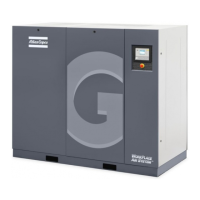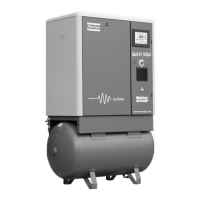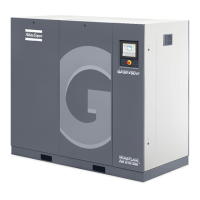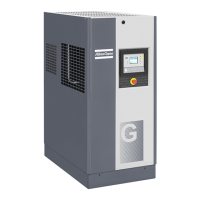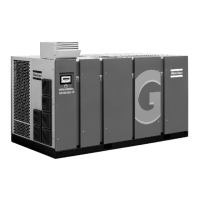IECversions
For IEC designed control panels, the below suggested cable sections are calculated according to 60364-5-52
electrical installations of buildings, part 5: selection and erection equipment, section 52: current-carrying
capacities in wiring systems.
Standard conditions refer to loose copper conductors or multicore cable with 70˚C PVC insulation in free
air or on open cable trays (installation method C) at 30˚C ambient temperature and operating at nominal
voltage. The cables may not be grouped with other power circuits or cables.
Worst case conditions refer to:
• ambient temperature > 30˚C (86 ˚F)
• cables in closed raceway, conduit or trunking system (installation method B2) at 40 ˚C ambient temperature
• cables not grouped with other cables
Fuse calculations for IEC are done according to 60364-4-43 electrical installations of buildings, part 4:
protection for safety- section 43: protection against overcurrent. Fuse sizes are calculated in order to protect
the cable against short circuit. Fuse type aM is recommended but gG/gL is also allowed.
CSA/UL versions
For UL designed machines, calculations for cable sections and fuses are done according to UL508A
(Industrial control panels).
For CSA, calculations for cable sections and fuses are done according to CSA22.2 (Canadian electrical code).
Standard conditions: maximum 3 copper conductors in raceway or cable with 85-90˚C (185-194 ˚F)
insulation at ambient temperature 30 ˚C (86 ˚F), operating at nominal voltage; cables not grouped with other
cables.
Worst case conditions: ambient temperature > 30 ˚C (86 ˚F), max. 3 copper conductors in raceway or cable
with 85-90 ˚C (185-194 ˚F) insulation at 46 ˚C (115 ˚F) ambient temperature and operating at nominal voltage.
Cables not grouped with other cables.
Fuse size is the max. fuse size in order to protect the motor against short circuit. For CSA fuse HRC form II,
for UL fuse class RK5.
If the local conditions are more severe then the described standard conditions, the cables and fuses for worst
case conditions should be used.
Instruction book
2920 1634 04 101

